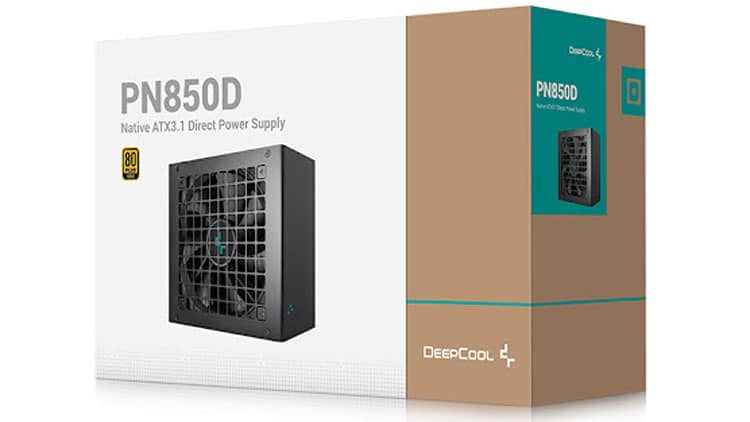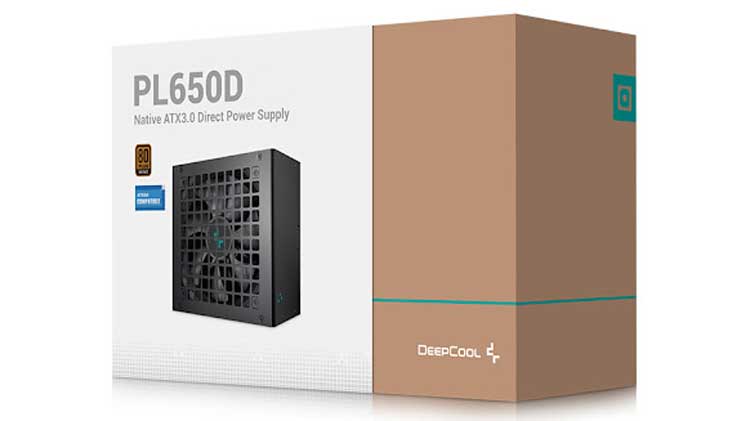Protection Features
| OCP (Cold @ 28°C) | 12V: 99.8A (141.56%), 11.985V 5V: 29.5A (147.5%), 5.012V 3.3V: 29.6A (148%), 3.346V 5VSB: 4.2A (140%), 4.96V |
| OCP (Hot @ 42°C) | 12V: 87.2A (123.69%), 12.009V 5V: 28.4A (142%), 5.028V 3.3V: 29.1A (145.5%), 3.352V 5VSB: 4.3A (143.33%), 4.945V |
| OPP (Cold @ 30°C) | 1161.51W (136.65%) |
| OPP (Hot @ 42°C) | 977.83W (115.04%) |
| OTP | ✓ (110°C @ secondary side) |
| SCP | 12V to Earth: ✓ 5V to Earth: ✓ 3.3V to Earth: ✓ 5VSB to Earth: ✓ -12V to Earth: ✗ |
| PWR_OK | Proper operation |
| NLO | ✓ |
| Fan Failure Protection | ✗ |
| SIP | Surge: MOV Inrush: NTC Thermistor & Bypass relay |
OCP at 12V is highly set at cold conditions but way lower at high temperatures. On the other hand, the OCP triggering points are high on the minor rails and have a relatively small difference between cold and hot conditions, so they are not that effective.
The over power protection is also correctly set. The primary issue is that we tried two samples from this line at “-12V to Earth” SCP, and both died, meaning there is something wrong with this rail. CWT should completely remove it since it is optional, and no PC part requires it anymore, as far as I know.
Pages:



Thanks as always for the review, Aris! This unit appears to be similar to the PM-D except with Deepcool’s square grille pattern; the PM-D has been very affordable in many countries, so it is good to see that it is decent enough to use.
The idea of somewhat budget, high-power and ATX 3.x compatible PSUs is interesting to me because, at least in my mind, by the time you have a 3090 or something else that might justify getting an 850W power supply, your PC should be high end enough that the extra $20-30 for something like the excellent PX-G line might not matter.
Still, I think that especially in the future, there might be a niche for these, as once the 3090 and 3090 ti become older, they will become more available on the used market, which will make them promising midrange options that will still have the same power requirements. I think that something like this can fill that niche very nicely.
Hi Aris. Please look with more attention on PCB back side, is a broken copper circuit (close to D20). How is that possible? Protection circuit not working on all voltage rail?
Thank you! I will check it. Some of this damage may be inflicted by my engineers.
Yes, it is not working at -12V most likely, but I will look into that, thanks again!